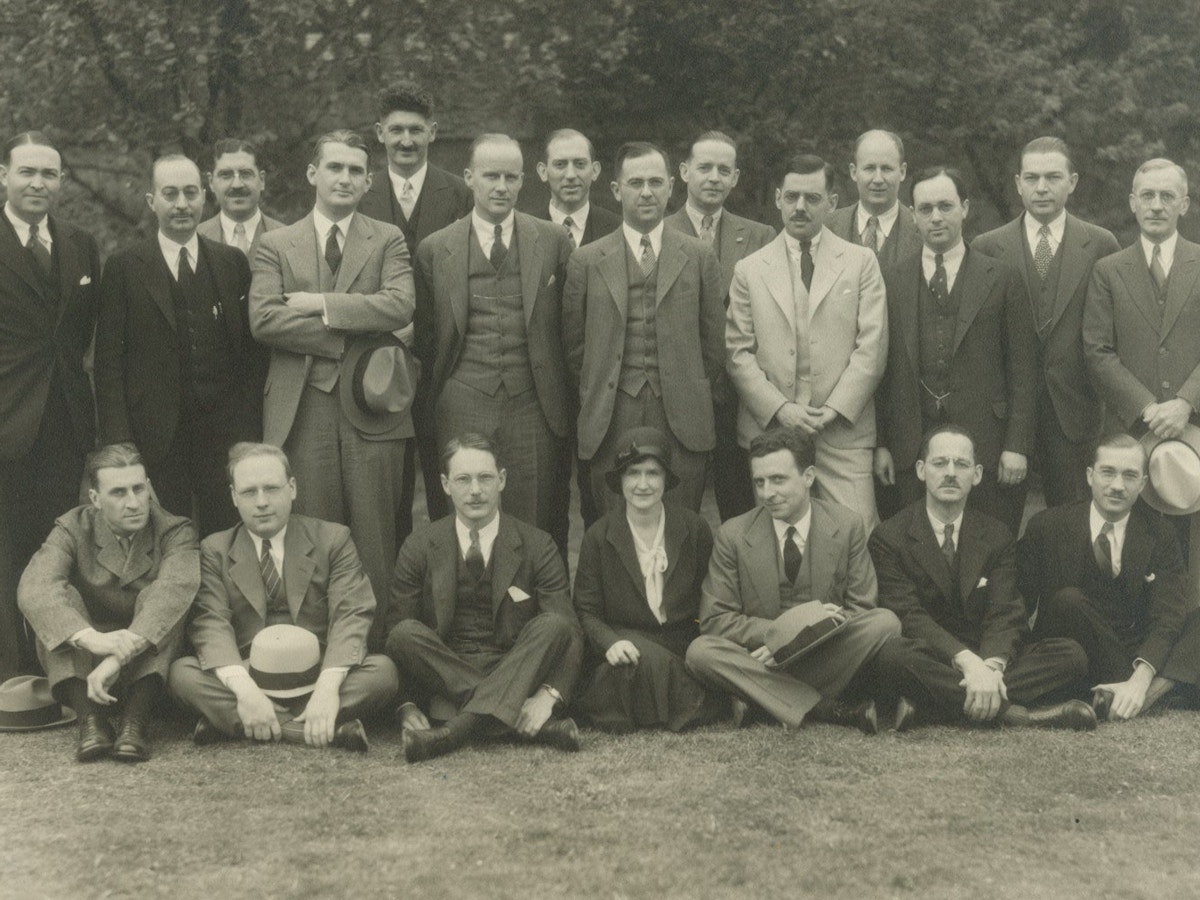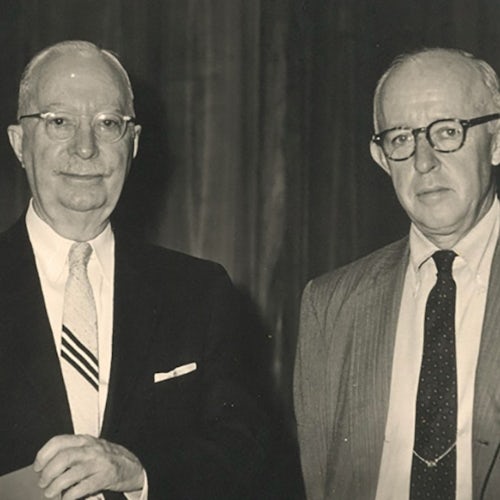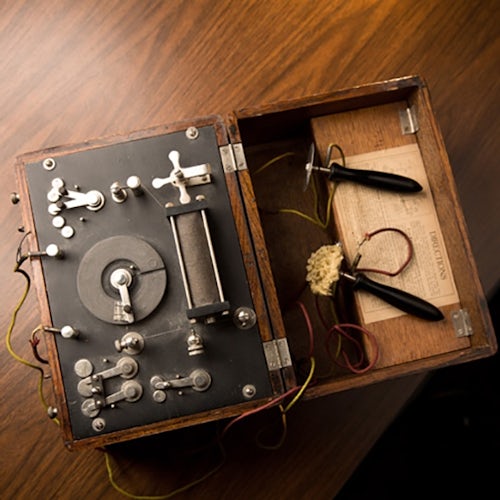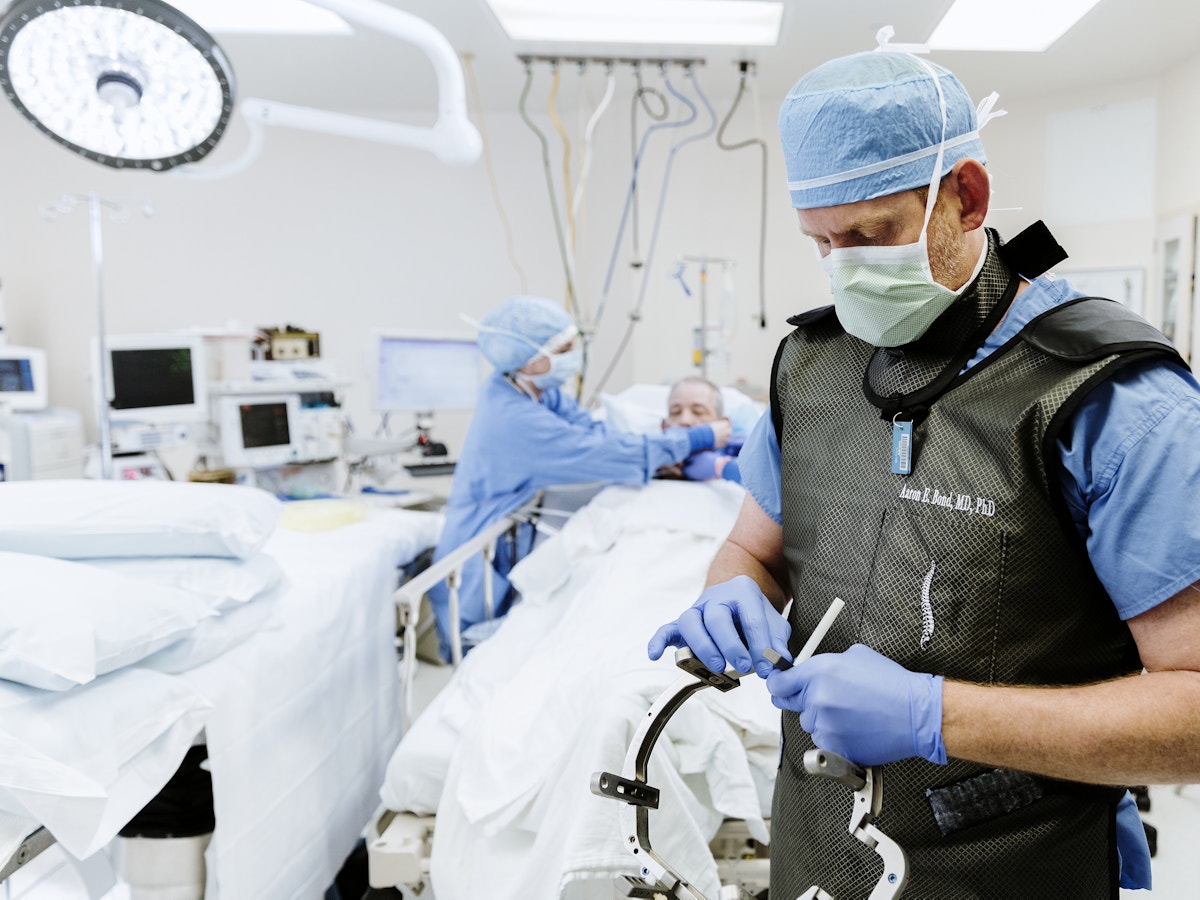Our History
Dr. Eustace Semmes and Dr. Francis Murphey founded the Semmes Murphey Clinic. Under their leadership and quest to improve and enhance the practice of neurology, Semmes Murphey Clinic made many advances and gained a respected reputation in medical service, innovation, and excellence.

Semmes Murphey's associates are committed to the reputation of delivering and discovering advancements in neurological protocols and patient care.
Dr. Semmes
Dr. Eustace Semmes blazed a trail for neurosurgery in Memphis that goes all around the world.
Even as a boy, he showed extraordinary signs of courage, curiosity, and high intelligence. He rode horseback over mountains in the middle of the night to fetch a doctor for his feverish sister. He struck up a friendship with a professor of zoology and used a microscope to study the brain of a chipmunk. He finished 12 years of schooling in only seven and was accepted to college without an examination.
Dr. R. Eustace Semmes grew up to become a world-renowned neurosurgeon and practiced at Baptist Memorial Hospital and Semmes Murphey Clinic throughout his career.
Born in Memphis in 1885, Semmes was educated at Christian Brothers High School and received his medical degree from Johns Hopkins University School of Medicine, where he trained with Dr. Harvey Cushing, considered the father of American neurosurgery. After an internship at Johns Hopkins and a general surgical residency at the Women’s Hospital in New York, he returned to Memphis in 1912. After setting up an office there, he soon discovered that the city of his birth was woefully behind in brain surgery.
The following year, when he was appointed assistant professor of neurosurgery at the University of Tennessee College of Medicine, Semmes started training general practitioners and students how to treat head injuries and diagnose brain tumors. Though he focused primarily on brain surgery, he also gained a wide following for his surgical treatment of herniated lumbar disks.
For close to two decades — part of which time he served in the Army Medical Corps during World War I — he was the only neurosurgeon in Memphis and once said he spent many a Saturday evening “taking dents out of skulls.”
In 1932 he was named professor of UT’s newly established department of neurosurgery, and in that same period, he told a colleague he wanted a bright young resident he could train as a partner in practice. That doctor was Francis Murphey, who eventually became the other half of Semmes Murphey Clinic.
Committed to educating and training the next generation of neurosurgeons, Dr. Semmes developed a program via the Semmes Murphey Clinic and the University of Tennessee in which residents, both nationally and internationally, have been able to further develop their neurological skills.
During their years together, Semmes and Murphey also brought about several medical advances at Baptist Memorial Hospital, where Semmes served as head of staff for several years. Because the doctors strongly believed in specialized nursing care, the hospital established the first intensive care unit for neurosurgical patients. In 1974, at the urging of the Semmes Murphey Clinic, Baptist became the first hospital in Memphis and the third in the country to purchase a first-generation unit of an EMI/CAT head-only scanner.
Dedicated to the expansion of knowledge, Semmes founded the Harvey Cushing Society to foster the sharing of information amongst senior practitioners to further enhance their experience and knowledge. This organization later became the American Academy of Neurological Surgeons, the largest national and international organization of its kind. For younger neurologists, he founded a similar organization to help them quickly grow and develop the skills they would need to be successful. Today, this organization is the Congress of Neurological Surgeons.
Semmes Murphey Clinic, Baptist became the first hospital in Memphis and the third in the country to purchase a first-generation unit of an EMI/CAT head-only scanner.
The recipient of countless professional honors, Semmes was also loved by friends for his warmth and dry wit. The story goes that once, while riding an elevator with a man decked out in safari hat, jacket, and boots, he inquired of the gentleman, “Have you shot any lions today?”
A husband and father of two children, Semmes died in 1982 at the age of 96. Today the practice he started is called the Semmes Murphey Neurologic and Spine Institute, with nearly 40 physicians who treat patients all over the Mid-South. And the field of medicine he pioneered in Memphis, with Baptist hospital as his base, now boasts subspecialties too numerous to name.


Semmes Murphey Today
Semmes Murphey's commitment to train and educate continues today and extends to other countries where doctors and surgeons need high-level training opportunities. Semmes Murphey doctors have hosted and taken part in many medical mission trips to provide hands-on demonstrations of their techniques. The staff and doctors at Semmes Murphey are committed to furthering Dr. Semmes' legacy locally and globally.

Semmes Murphey has helped countless people over the last hundred years get their lives back to normal. See how we continue to raise the bar for neurological care.
Who We Are